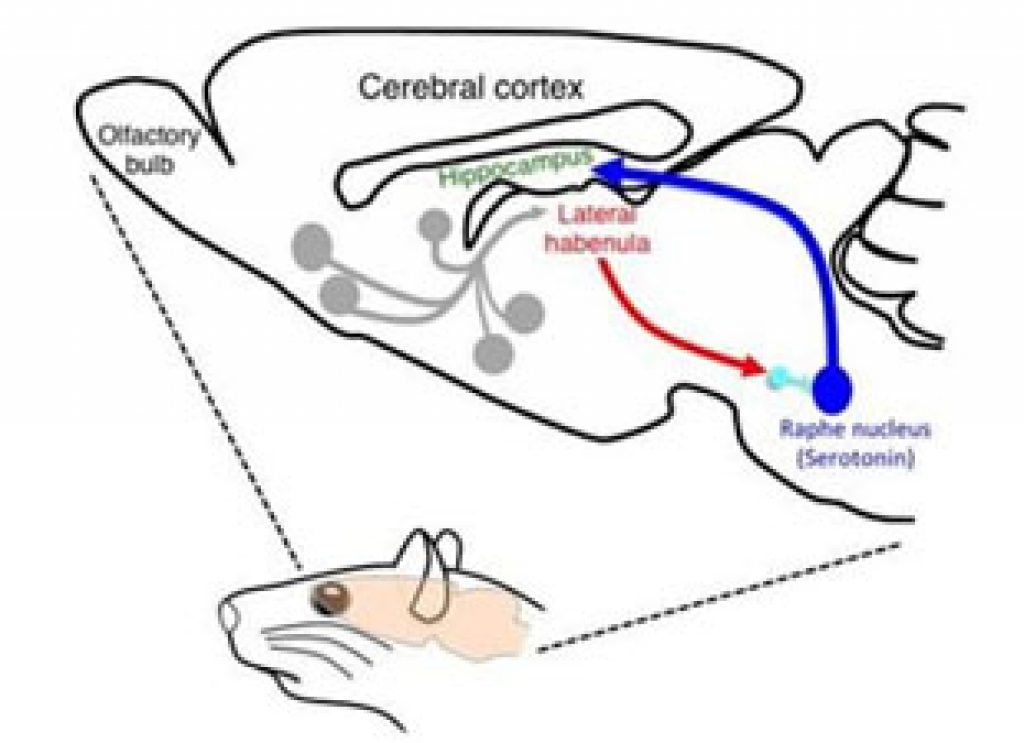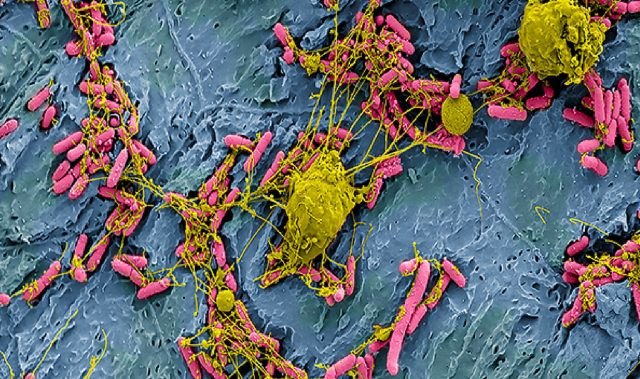
AsianScientist (May 15, 2013) – Researchers have discovered how a region in the brain plays a central role in the regulation of rapid eye movement (REM) sleep.
All mammals sleep, as do birds and some insects. However, how this basic function is regulated by the brain remains unclear. According to a new study by researchers from the RIKEN Brain Science Institute, a brain region called the lateral habenula plays a central role in the regulation of REM sleep.
In an article published today in the Journal of Neuroscience, the team shows that the lateral habenula maintains and regulates REM sleep in rats through regulation of the hormone serotonin.
“Serotonin plays a central role in the pathophysiology of depression, however, it is not clear how abnormalities in regulation of serotonin metabolism in the brain lead to symptoms such as insomnia in depression,” explain Dr. Hidenori Aizawa and Dr. Hitoshi Okamoto, who jointly led the study.
Since animals with increased serotonergic activity at the synapse experienced less REM sleep, the researchers hypothesized that the lateral habenula, which regulates serotonergic activity in the brain, must modulate the duration of REM sleep.
They showed that removing the lateral habenula in rats results in a reduction of theta rhythm, an oscillatory activity that appears during REM sleep in the hippocampus, and shortens the rats’ REM sleep periods. However, this inhibitory effect of the lateral habenular lesion on REM sleep disappears when the serotonergic neurons in the midbrain are lesioned.
The team recorded neural activity simultaneously in the lateral habenula and hippocampus in a sleeping rat. They found that the lateral habenular neurons, which fire persistently during non-REM sleep, begin to fire rhythmically in accordance with the theta rhythm in the hippocampus when the animal is in REM sleep.
“Our results indicate that the lateral habenula is essential for maintaining theta rhythms in the hippocampus, which characterize REM sleep in the rat, and that this is done via serotonergic modulation,” said Aizawa.
The article can be found at: Aizawa H et al. (2013) The synchronous activity of lateral habenular neurons is essential for regulating hippocampal theta oscillation.
——
Source: RIKEN.
Disclaimer: This article does not necessarily reflect the views of AsianScientist or its staff.












